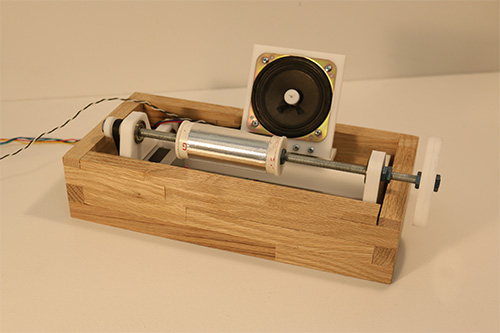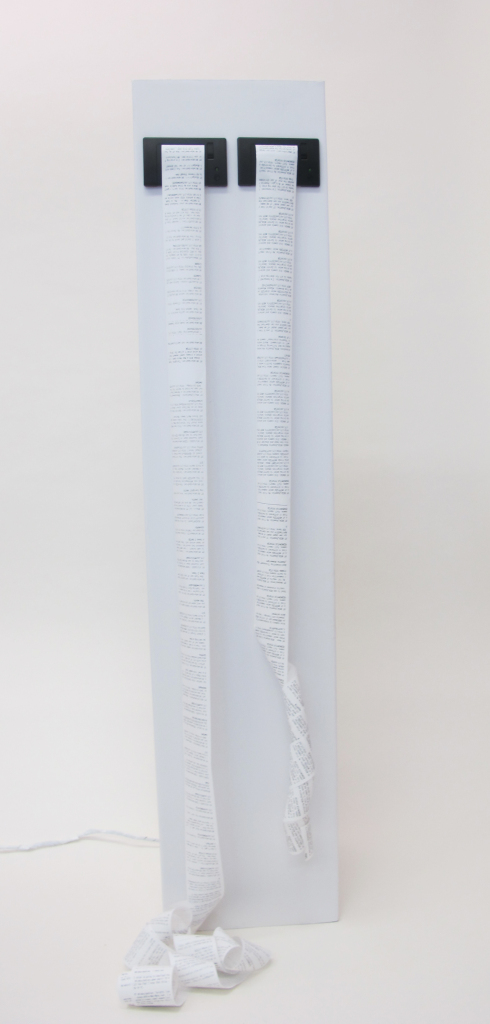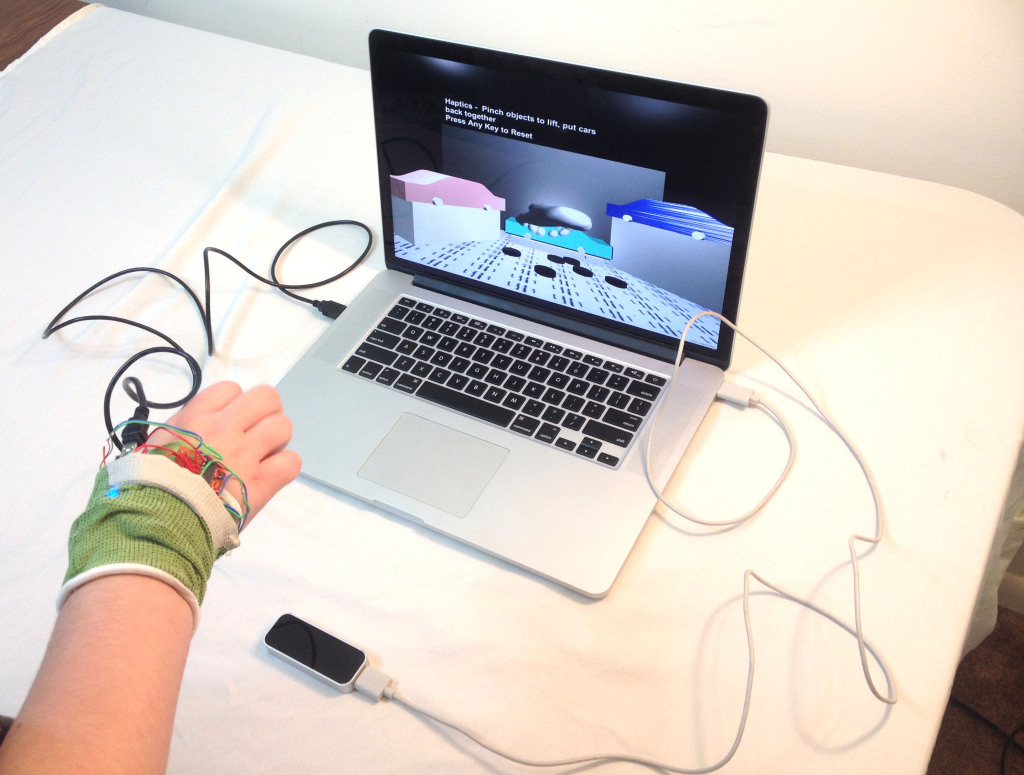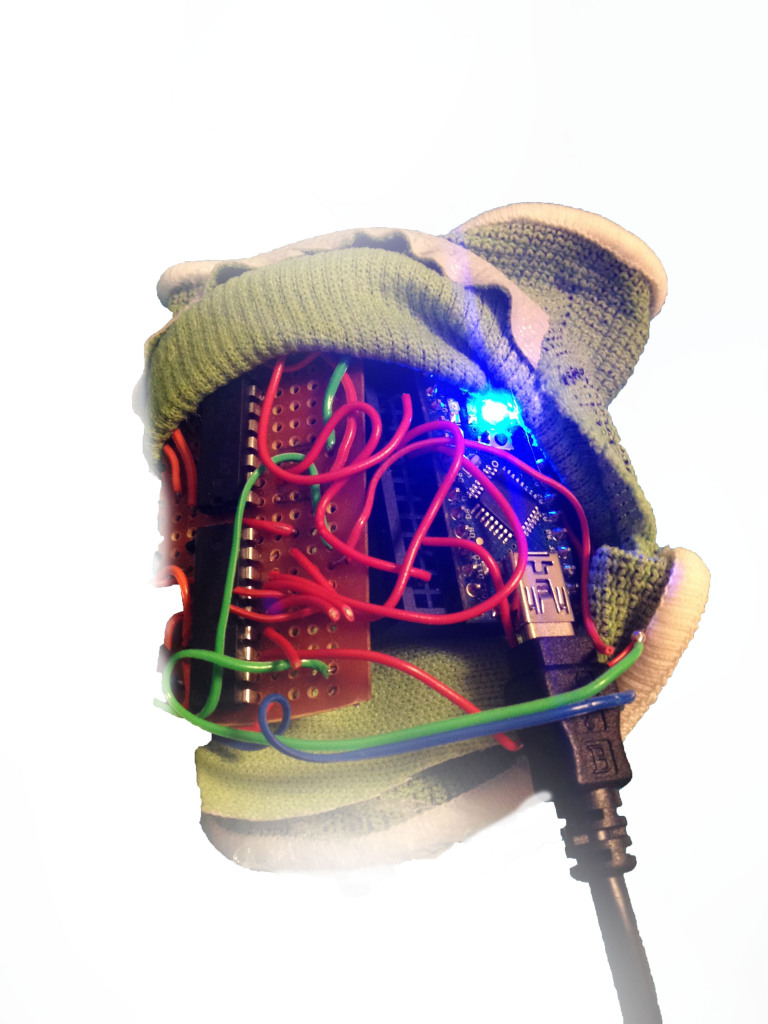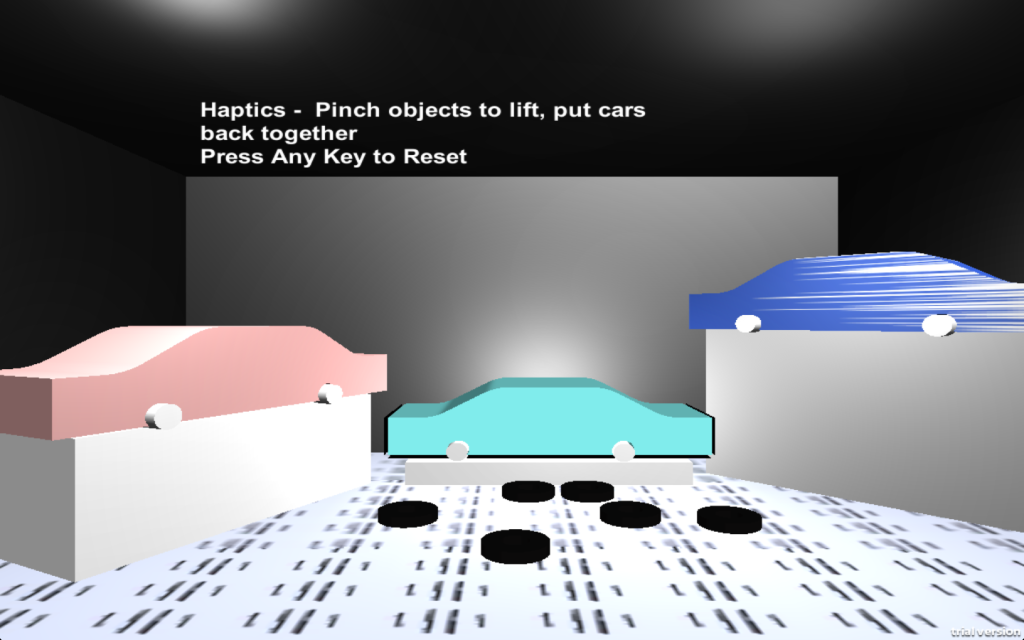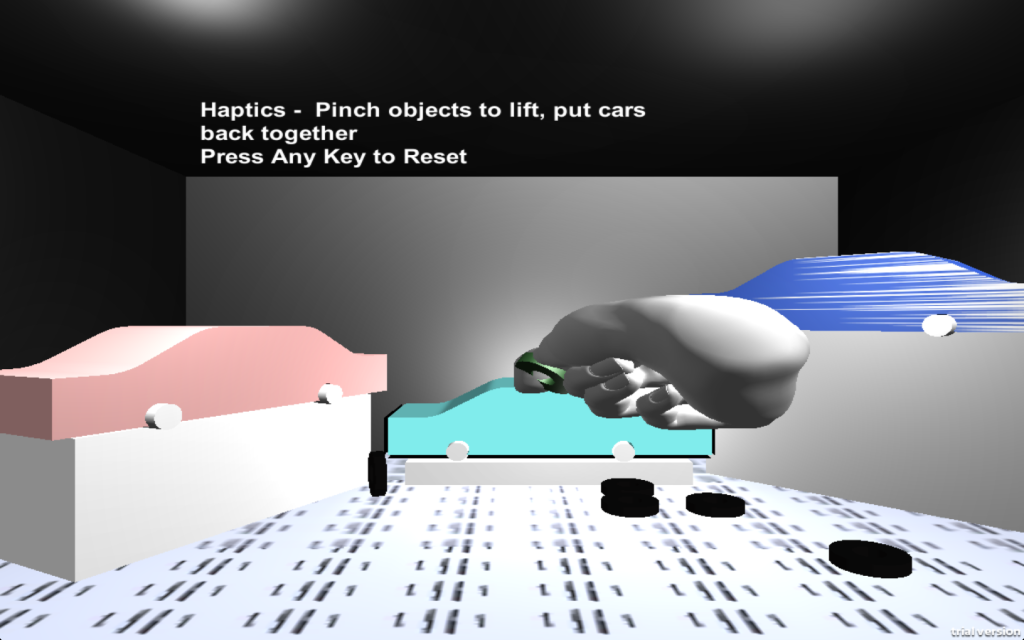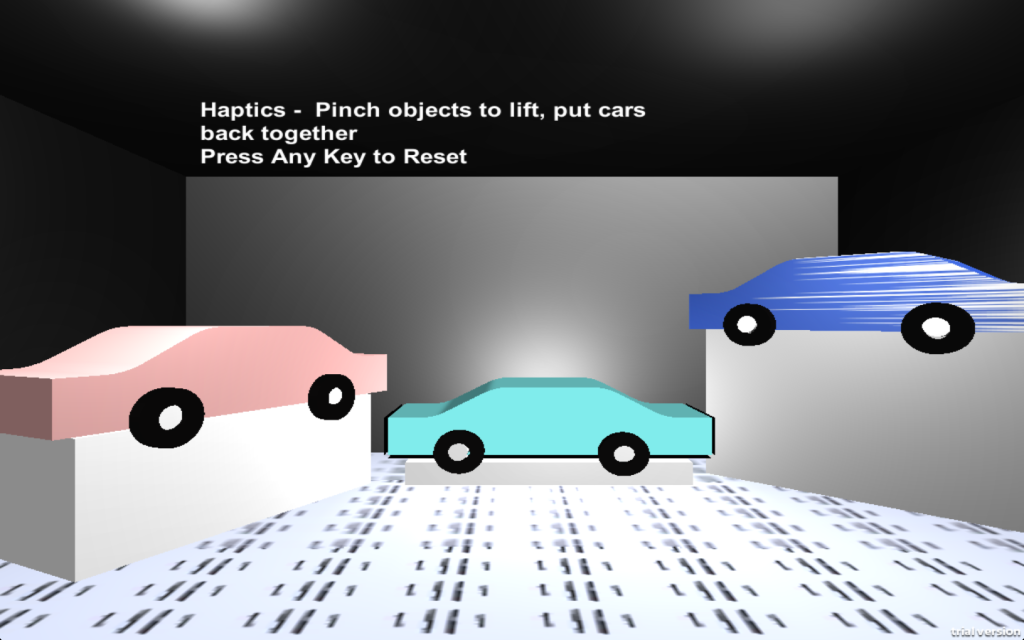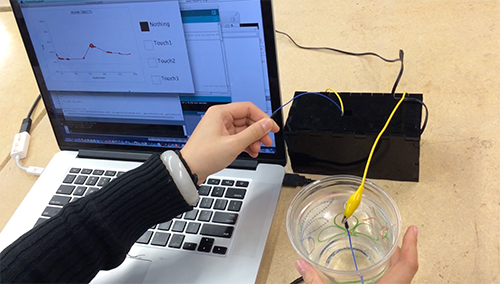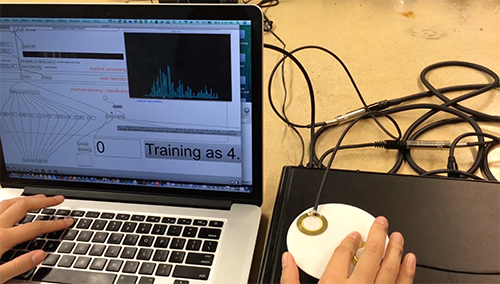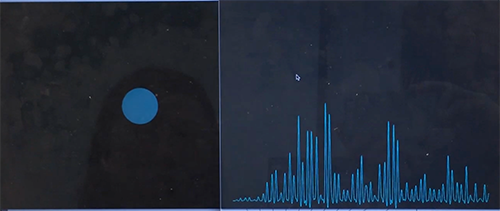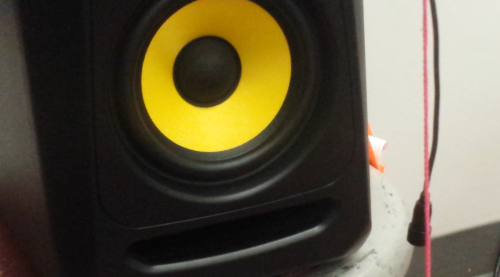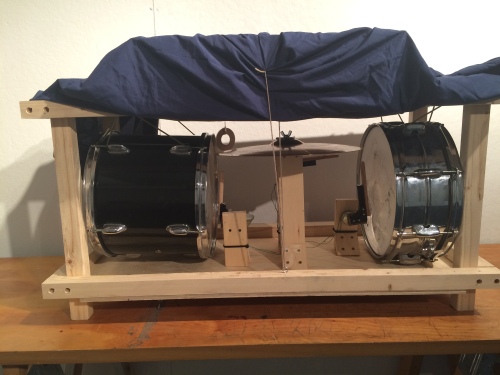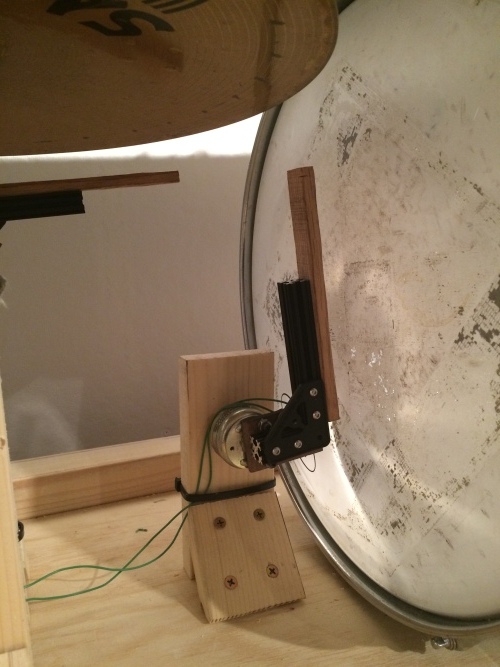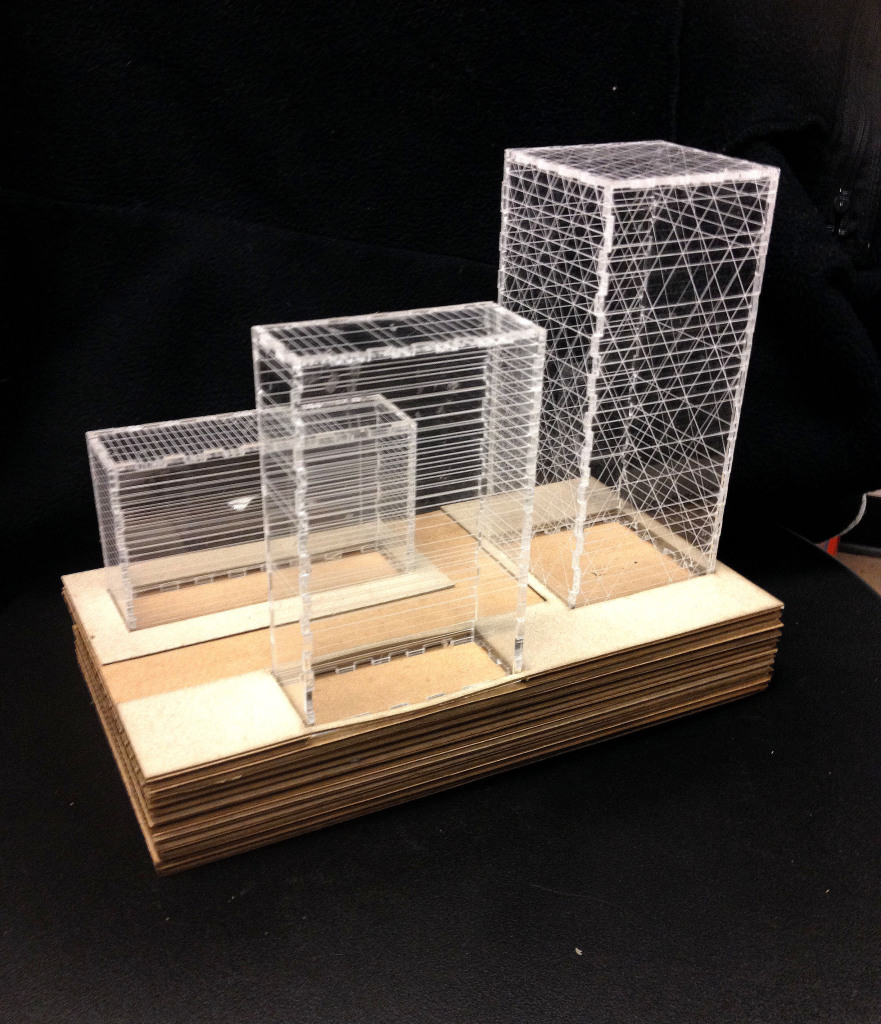“Ephemeral Existence” by Dan Russo
Ephemeral Existence started as a simple investigation into the nostalgic world of analog audio recording. As investigation continued, it became apparent that there is a powerful relationship between humanity and unique physical objects that share the same vulnerabilities. Something becomes more treasured when it is not immediately replaceable. This observation became the central concept of this project, and sought to discover what the temporary nature of our existence reflected in our behaviors.
Epemeral Existence from Dan Russo on Vimeo.
Edison wax cylinders became the focus due to their delicate construction and specific frequency ranges. If tuned properly, it would be able to become a piece of hardware very specific to the content it was to record.
The hardware deploys the use of modern electronics and foil recording technology together, to manifest the experience of our present with our past.
The physical form of the sound waves can be seen as a visual pattern on the surface of the foil above.
